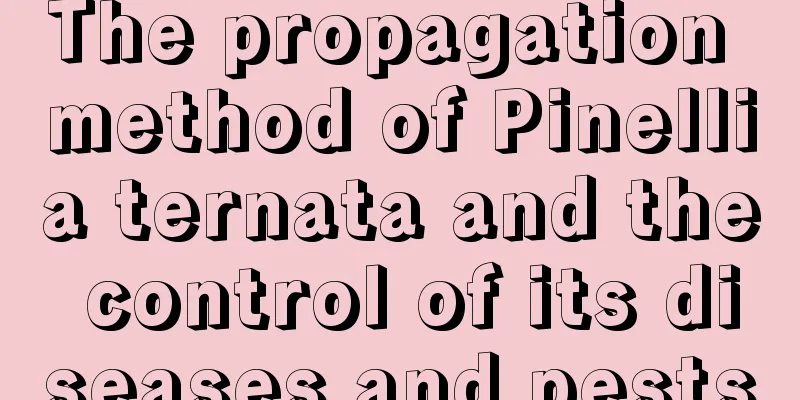How to grow French perfume flowers

Farming soilFrench perfume flower is suitable for planting in peat soil or leaf mold with good air permeability and loose and fertile soil. Breeding temperatureThe suitable growth temperature range for French perfume flower is around 18-28℃, and the temperature at night is relatively low, which can be maintained at 10-20℃. When the temperature is too high or too low, the growth will be restricted. Especially when the temperature is too low for a long time, the seedlings will enter a dormant state. New seedlings are relatively less cold-resistant and will fall off their leaves and go dormant when the temperature is below -3℃. The two-year-old sturdy old plants can withstand temperatures as low as -20℃. The suitable temperature for the development of flower buds is 15-20℃, and the night temperature should not be lower than 10℃, otherwise the flower buds will gradually wither and die. Grow LightIt is a sun-loving and light-loving plant, so it is not suitable for long-term growth in the shade. However, it cannot be exposed to too high temperatures in the summer. It needs to be covered with a 50%-70% shade net, but excessive covering will also affect and delay its flowering period. Water requirementsThe soil in the pot of French perfume flower should be kept dry and moist. Do not allow too much water to accumulate, otherwise it will cause root rot and other root damage. fertilizerDuring the seedling period, compound fertilizers containing nitrogen, phosphorus and potassium can be applied to keep the EC value of the medium within the range of 0.8-1.0; Apply nitrogen, phosphorus and potassium compound fertilizer during the middle and large seedling period to keep the medium EC value between 1.5-1.8; Apply nitrogen, phosphorus and potassium during the flowering period to keep the medium EC value between 1.2-1.5. Pest controlThe growth of French perfume flowers is accompanied by various diseases and pests. In addition to using pesticides for prevention and control, the application of water is also key. The main disease in summer is anthracnose, while powdery mildew is easily caused in spring and autumn, and gray mold is a problem in winter. It can be said that all seasons are damaged, so it is necessary to spray calcium, boron, etc. to prevent physiological flower drop. There are relatively fewer insect pests, but we should also be wary of attacks by moth and butterfly larvae. |
<<: Wine bottle orchid cultivation methods and precautions
>>: Maintenance methods of potted hibiscus
Recommend
Pest and disease control of gooseberries
1. Use pruning to prevent and control When curran...
What flowers are best to grow indoors to bring wealth?
1. Fortune Tree When you see this name, you know ...
What does peach blossom mean? Pictures of peach blossom
1. Plant introduction Peach blossom refers to the...
Cultivation methods and precautions of Pittosporum
1. Lighting Their demand for light is relatively ...
How long does asparagus grow?
How long does asparagus grow? The growth cycle of...
Skinny + leggy + sunburned = poor girl
Can leggy growth and sunburn occur at the same ti...
What can't be eaten with watermelon? What are the effects and functions of watermelon?
1. What should not be eaten together 1. Fried foo...
The main value of Dendrobium officinale
Medical value This is the most important function...
Where is the best place to grow wasabi?
Introduction to Wasabi Wasabi is mainly distribut...
Diseases and Pests of Honeysuckle and Their Control
Pests of Honeysuckle and Their Control Common pes...
The difference between Polygonatum sibiricum and Rehmannia glutinosa
1. Leaf Difference The leaves of Polygonatum sibi...
The language and legend of Louis XIV roses
The Language of Flowers of Louis XIV Originally f...
How to propagate Chinese aloe
1. Division Division is one of its propagation me...
How to plant cauliflower and when and how to plant it
Cauliflower growth environment requirements Cauli...
How to make snapdragon bloom more
Snapdragon should be fertilized and watered prope...









